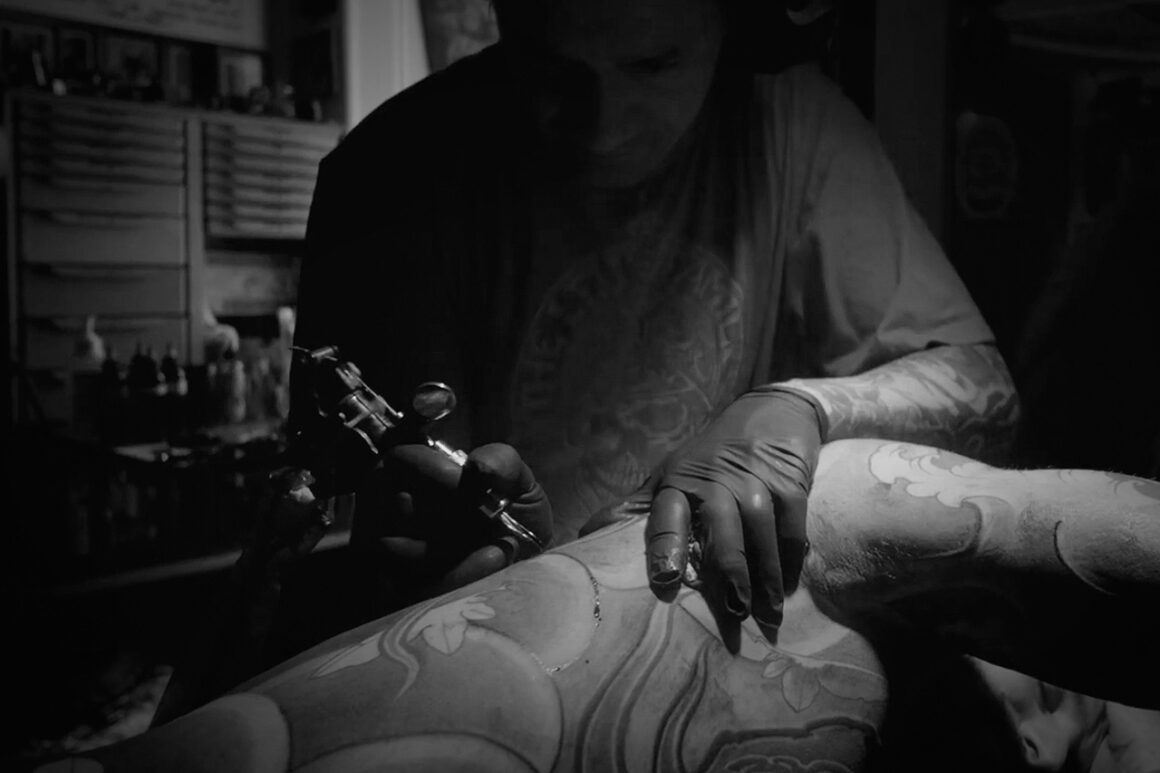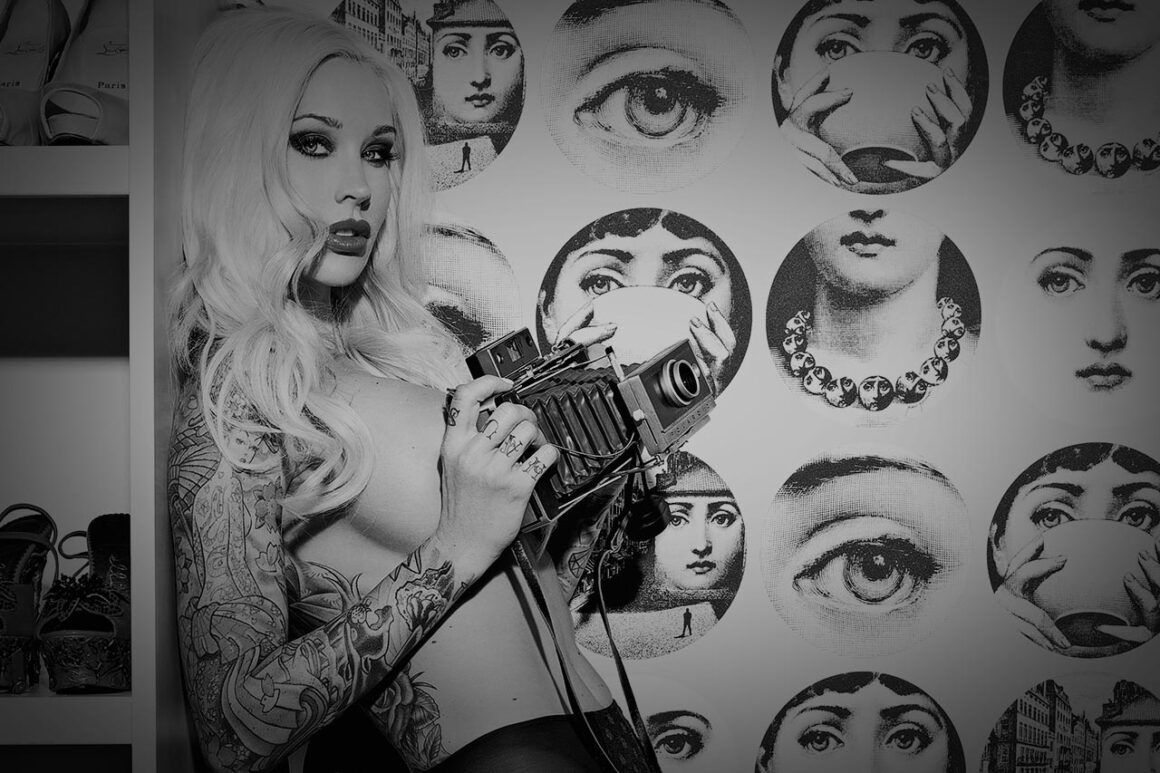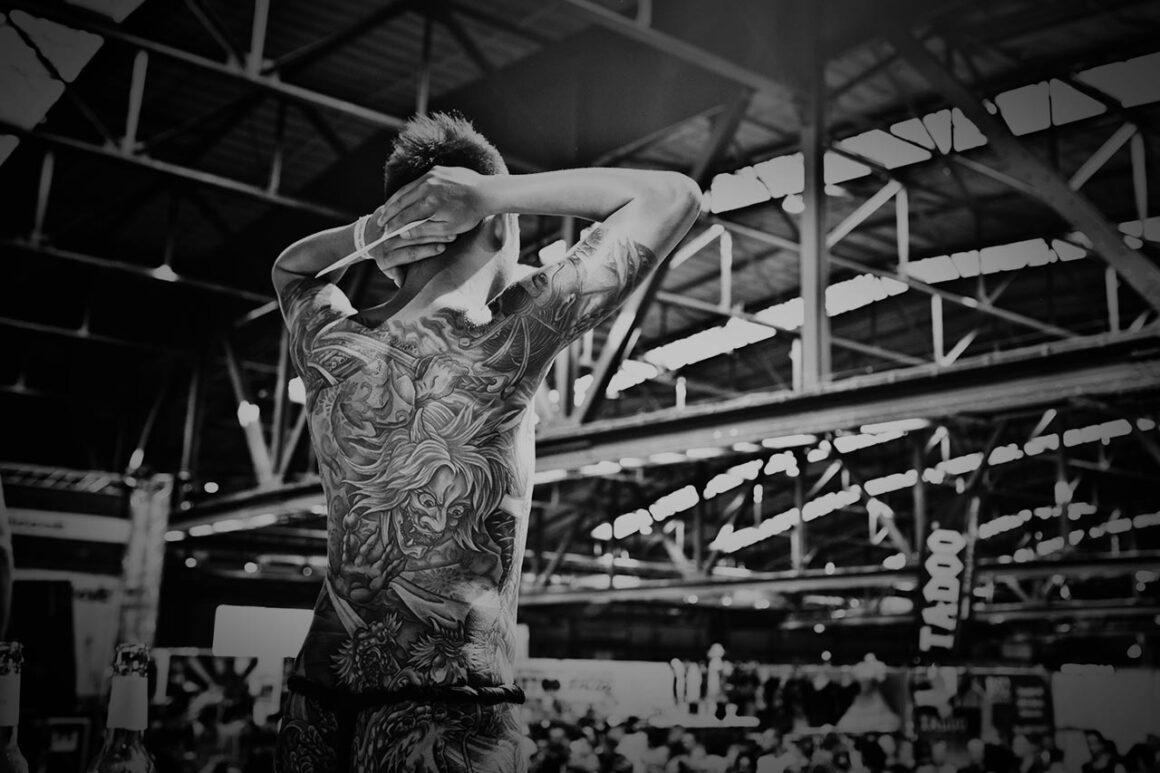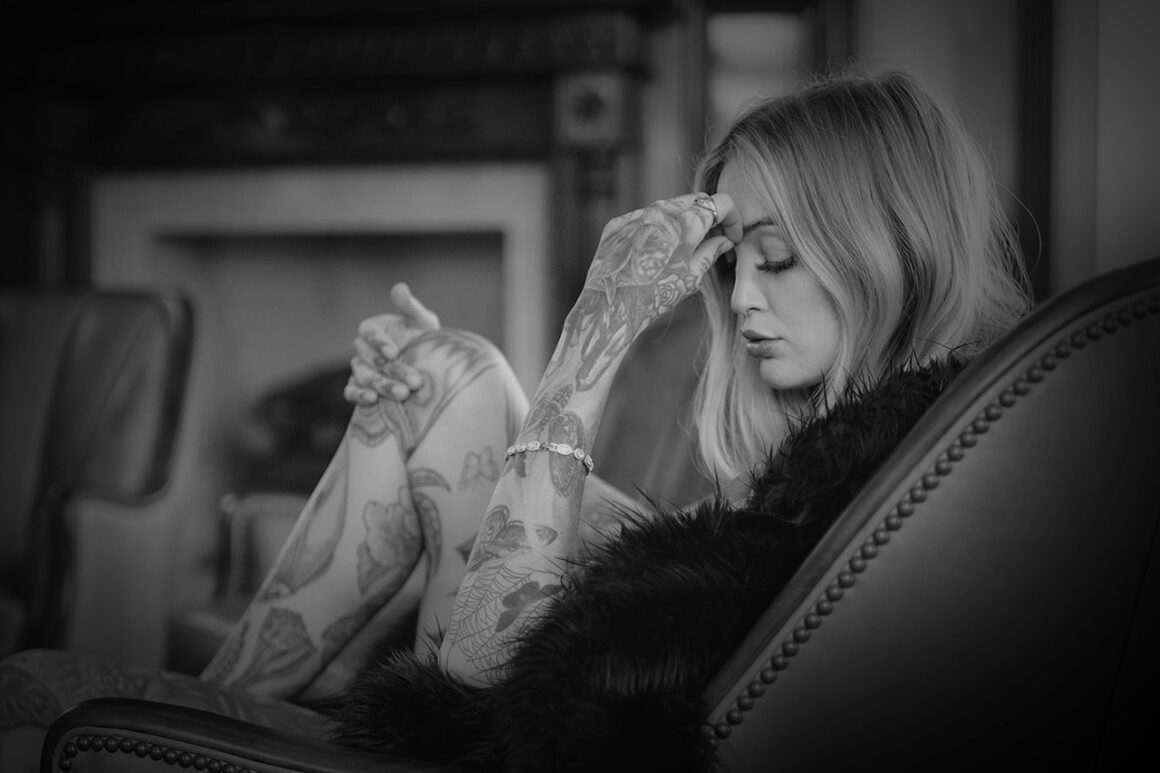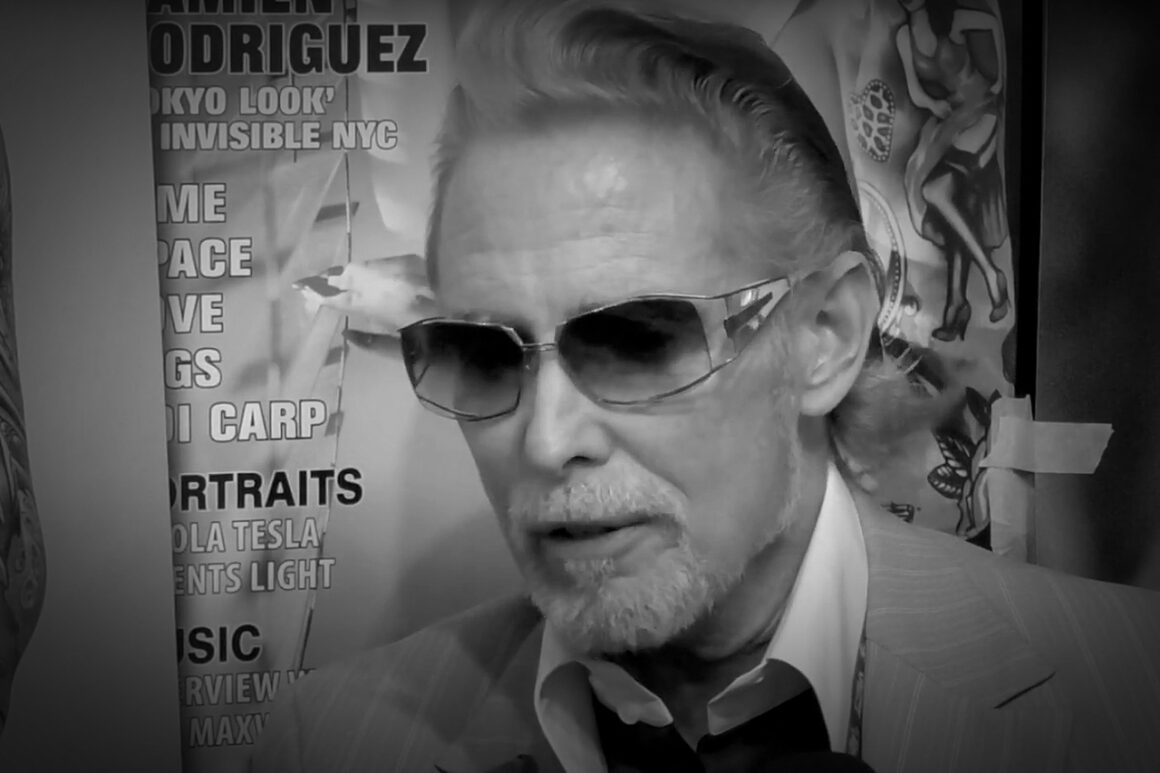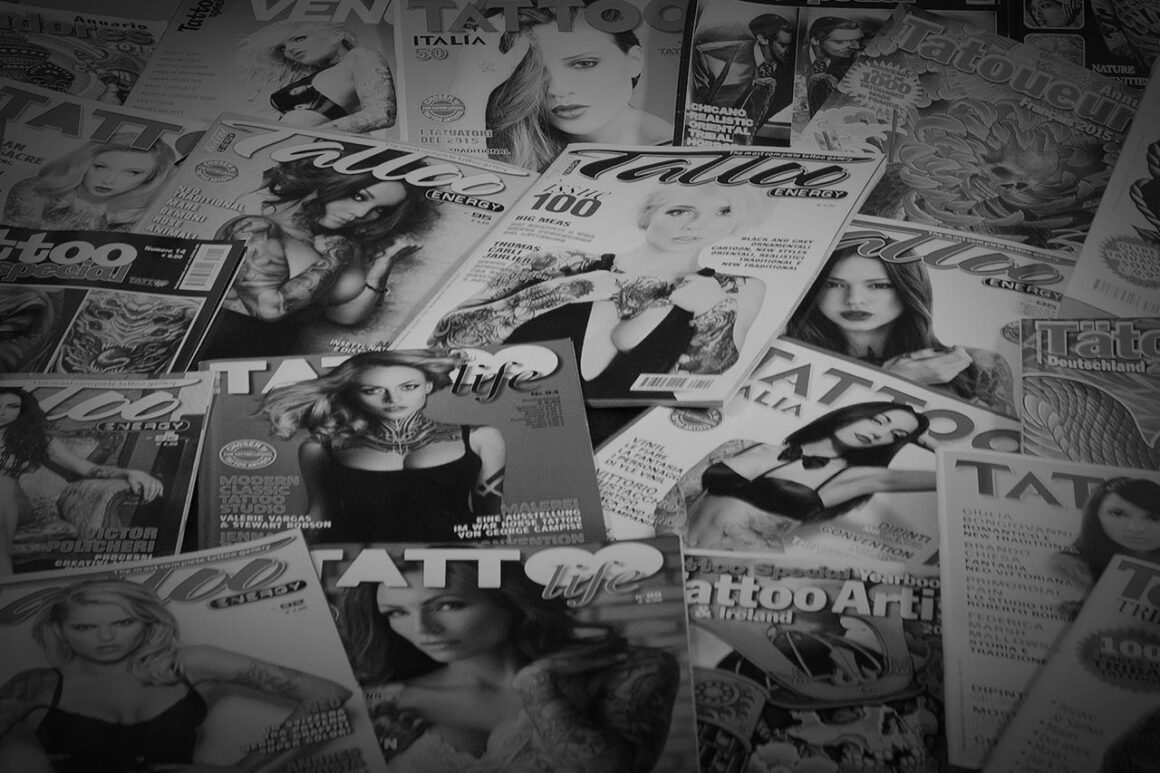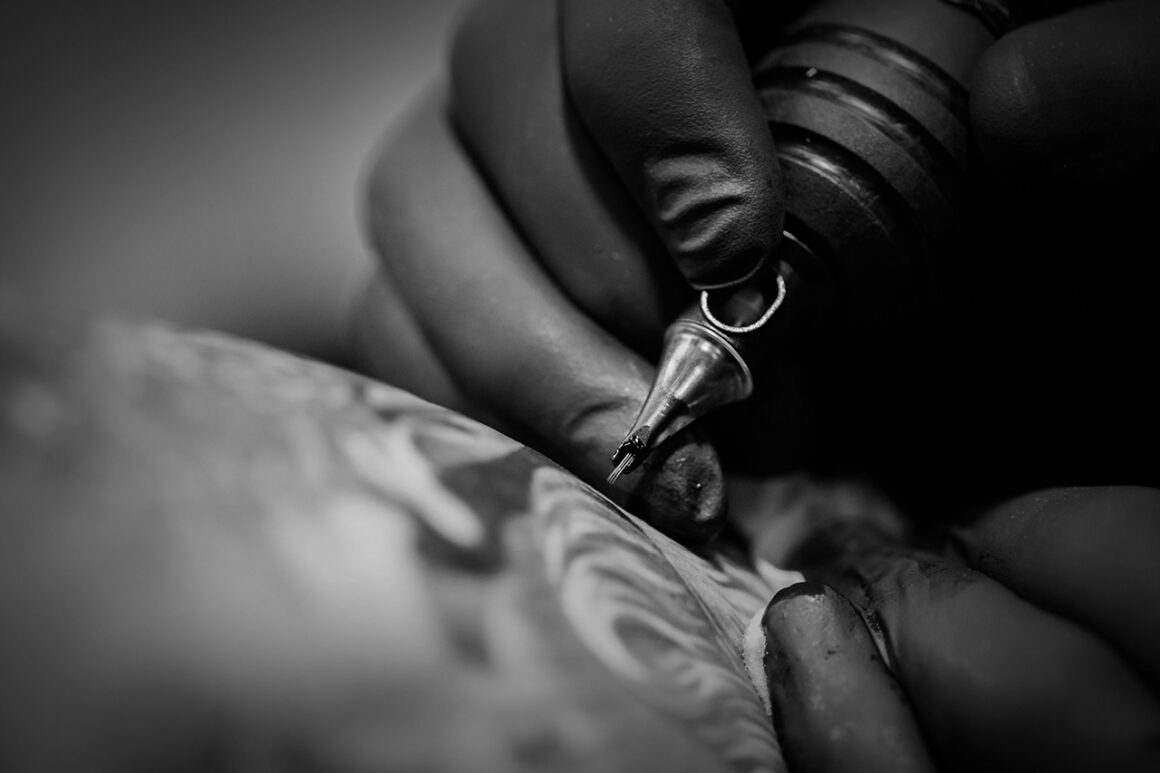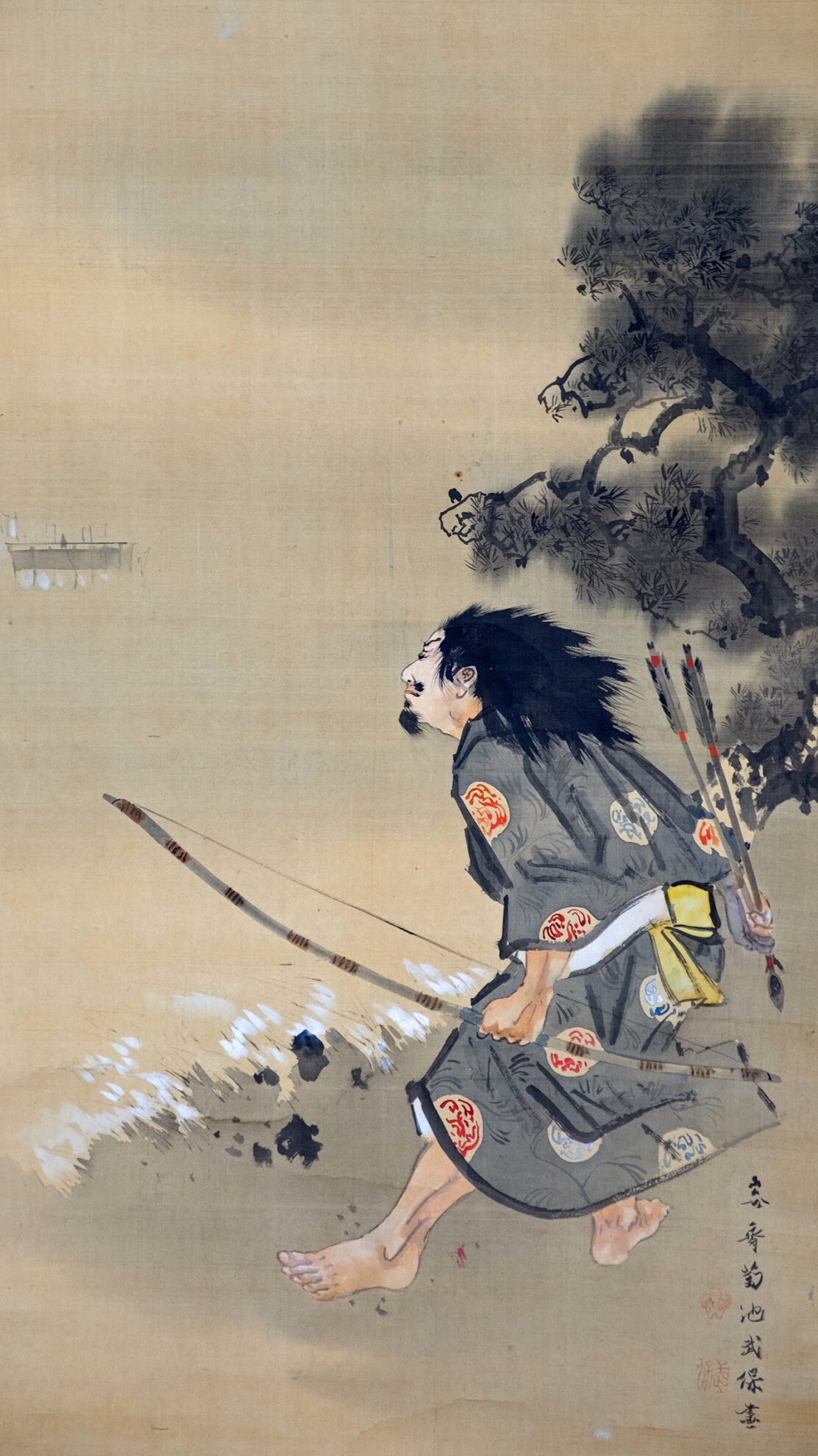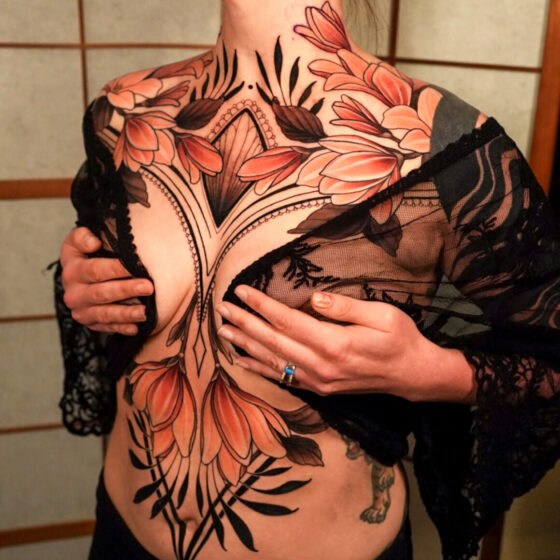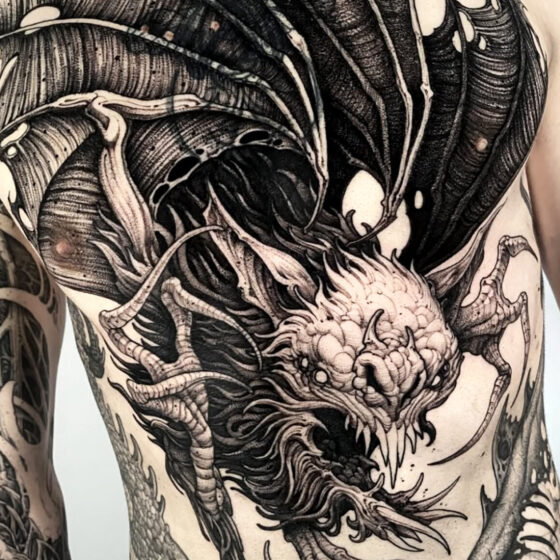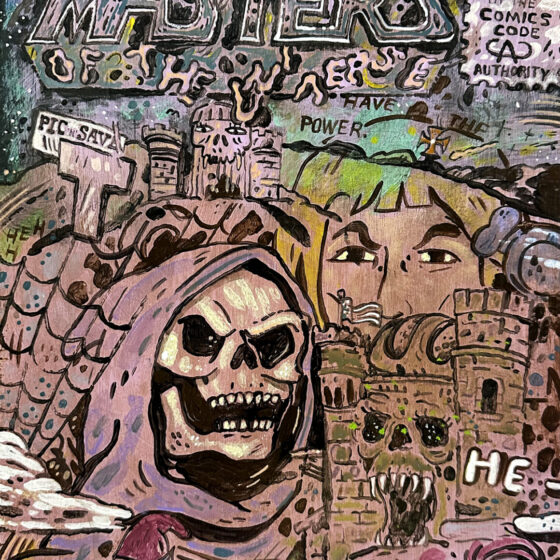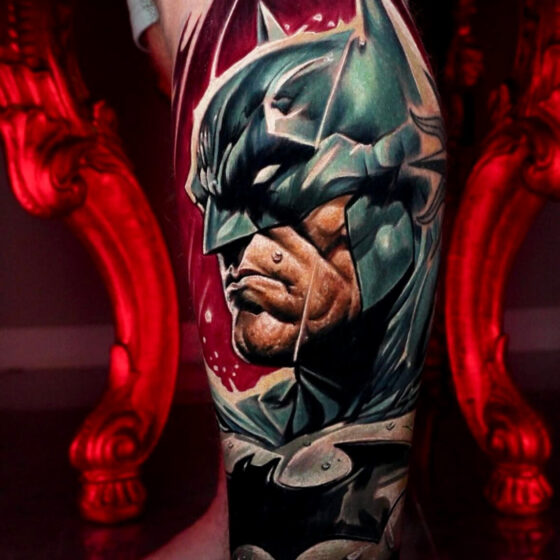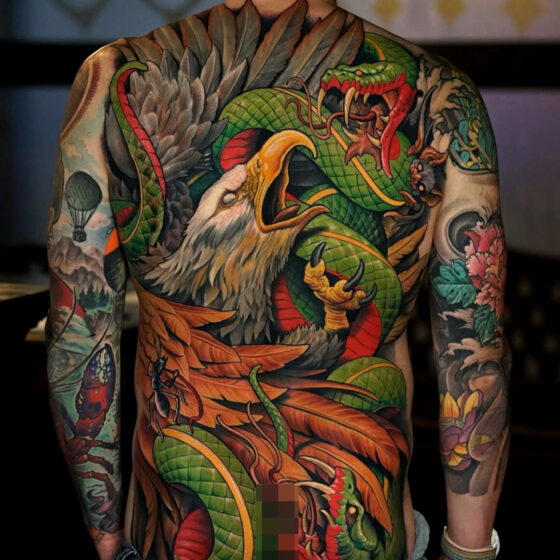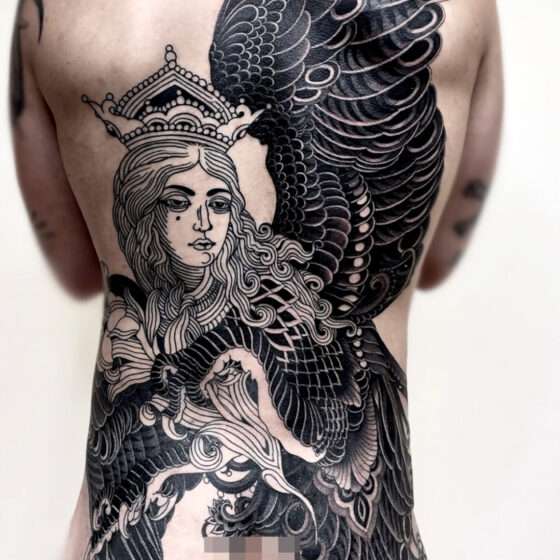Paintings, prints, photos, documents, costumes, musical instruments and masks are presented at the Museum of Oriental Art in Venice in the exhibition JAPANESE TALES. Costumes and Stories from Nō Theatre at the Museum of Oriental Art, curated by the Museum’s director Marta Boscolo Marchi.
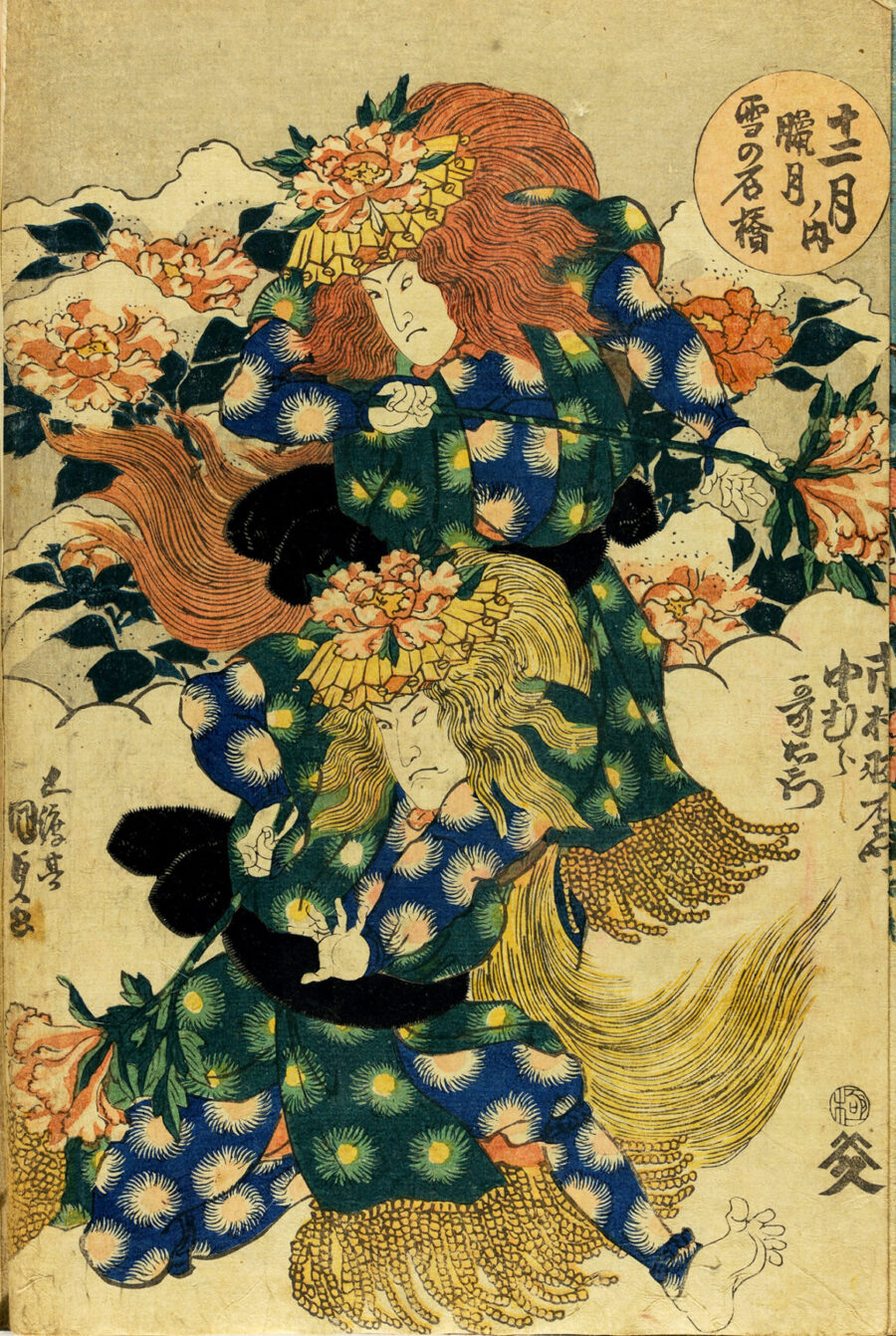
The file rouge that links these different items is the Nō theatre, one of the most famous Japanese theatrical forms, which made its very first appearance in Europe thanks to the 13th International Theatre Festival of the Venice Biennale in 1954.
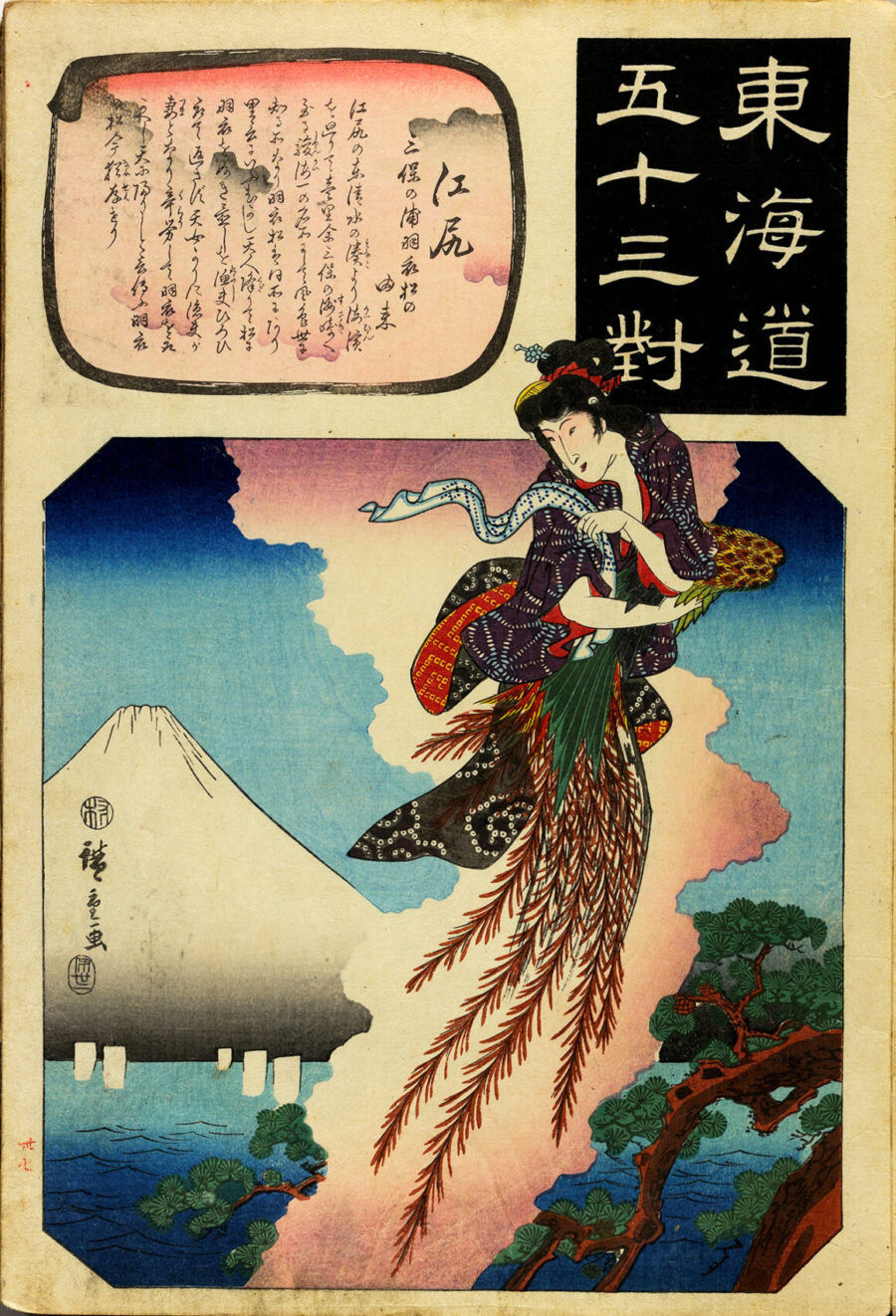
Most of the items and works on display are part of the heritage of the museum, which mostly consists of Prince Henry of Bourbon-Parma’s collection. In addition to these there are loans from private collections as well as a series of unpublished photographs by Fabio Massimo Fioravanti, who has been researching the Nō theatre since 1989.
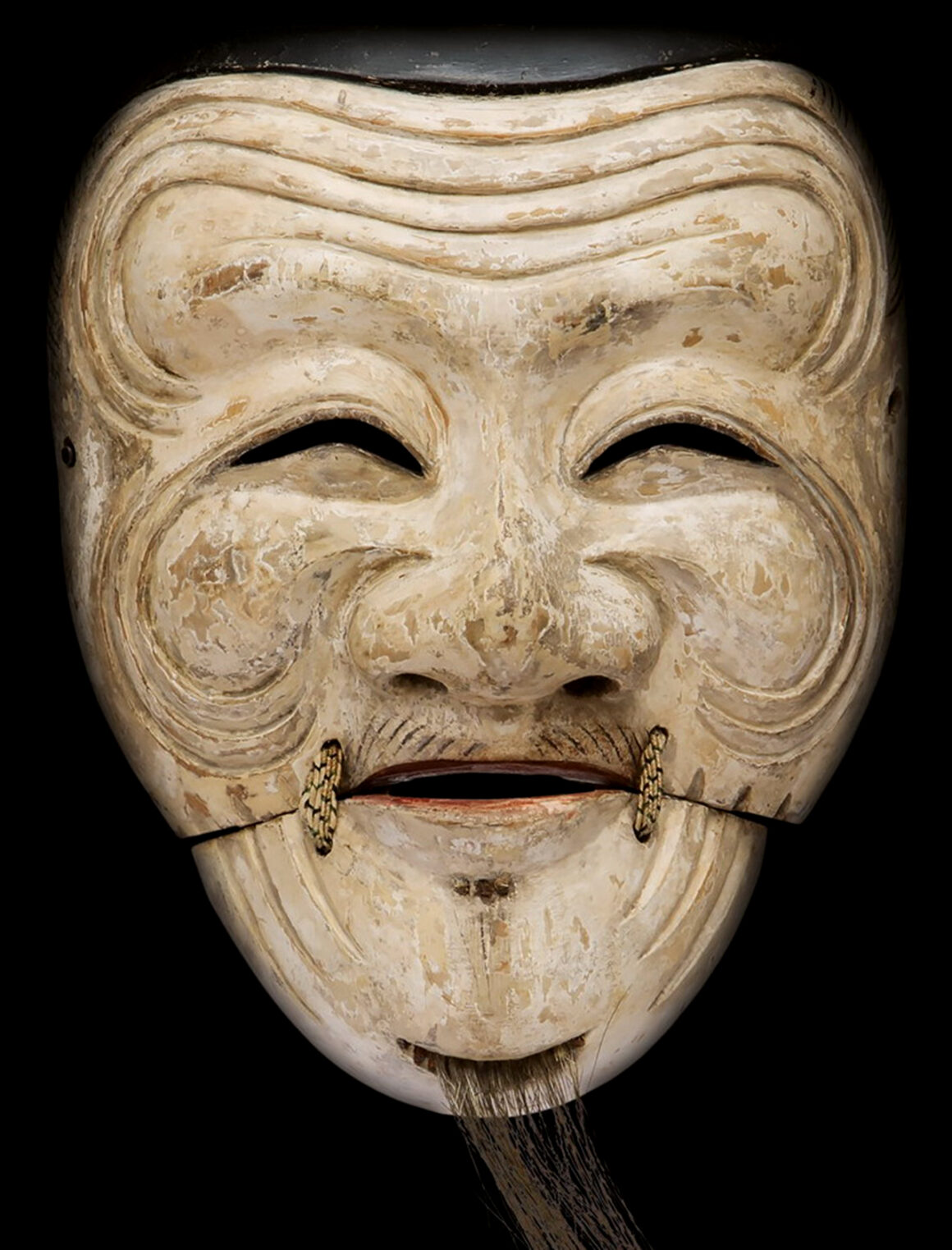
Inaugurated in 1928, the first Italian State Museum to exhibit Asian art, the Museum of Oriental Art in Venice houses Prince Henry of Bourbon-Parma’s considerable collection, which became part of the public patrimony in 1925, and has since been displayed on the top floor of Ca’ Pesaro.
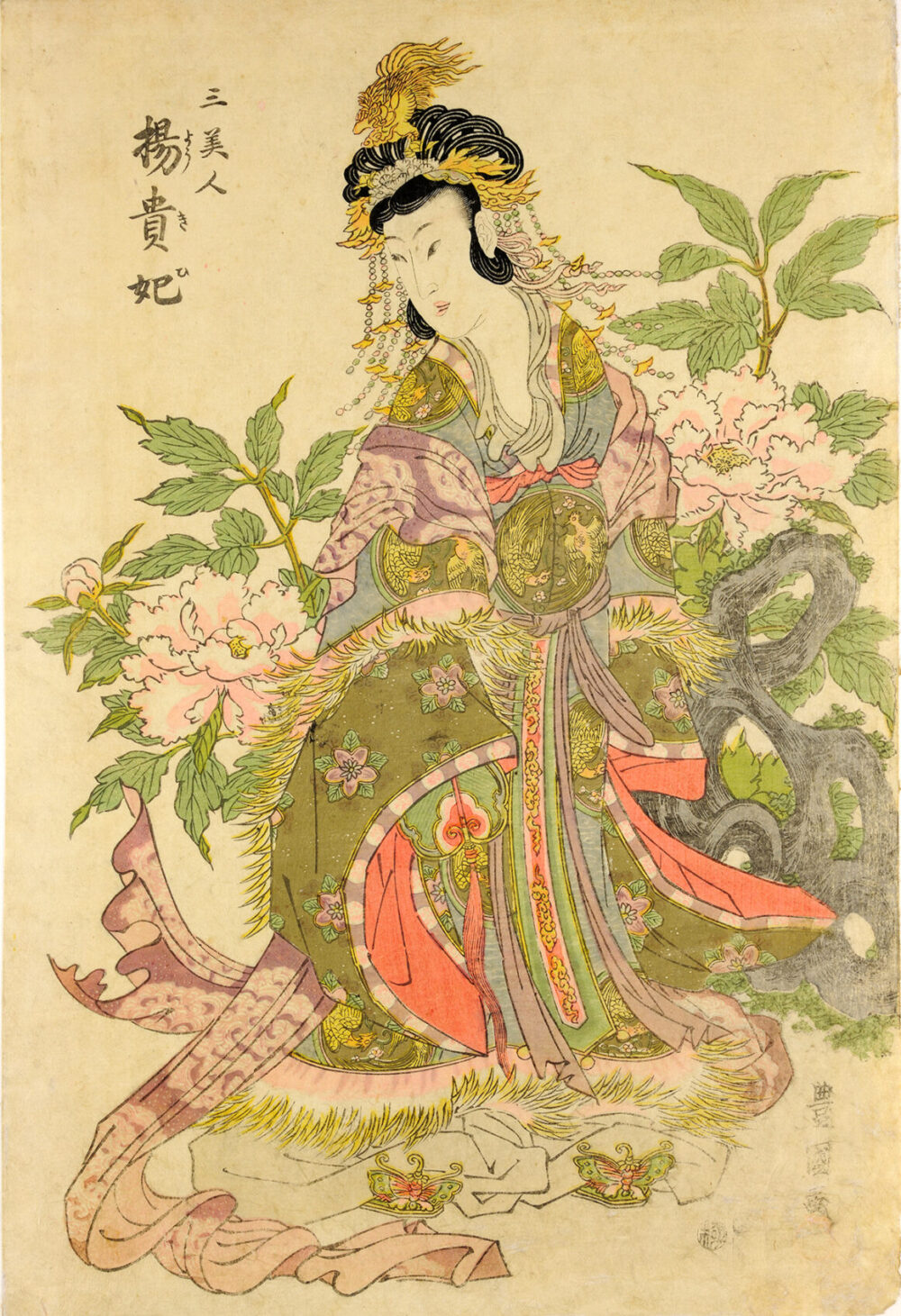
Among the works and artefacts in this collection, the Japanese ones from the Edo period (1603 – 1868) stand out – in number and quality – as the most significant in terms of development of Japanese art. The costumes and works on display are also part of this period: paintings, prints and screens show the diffusion of those stories, drawn from poems, legends and tales of the past, which inspired both theatrical texts and iconographies.
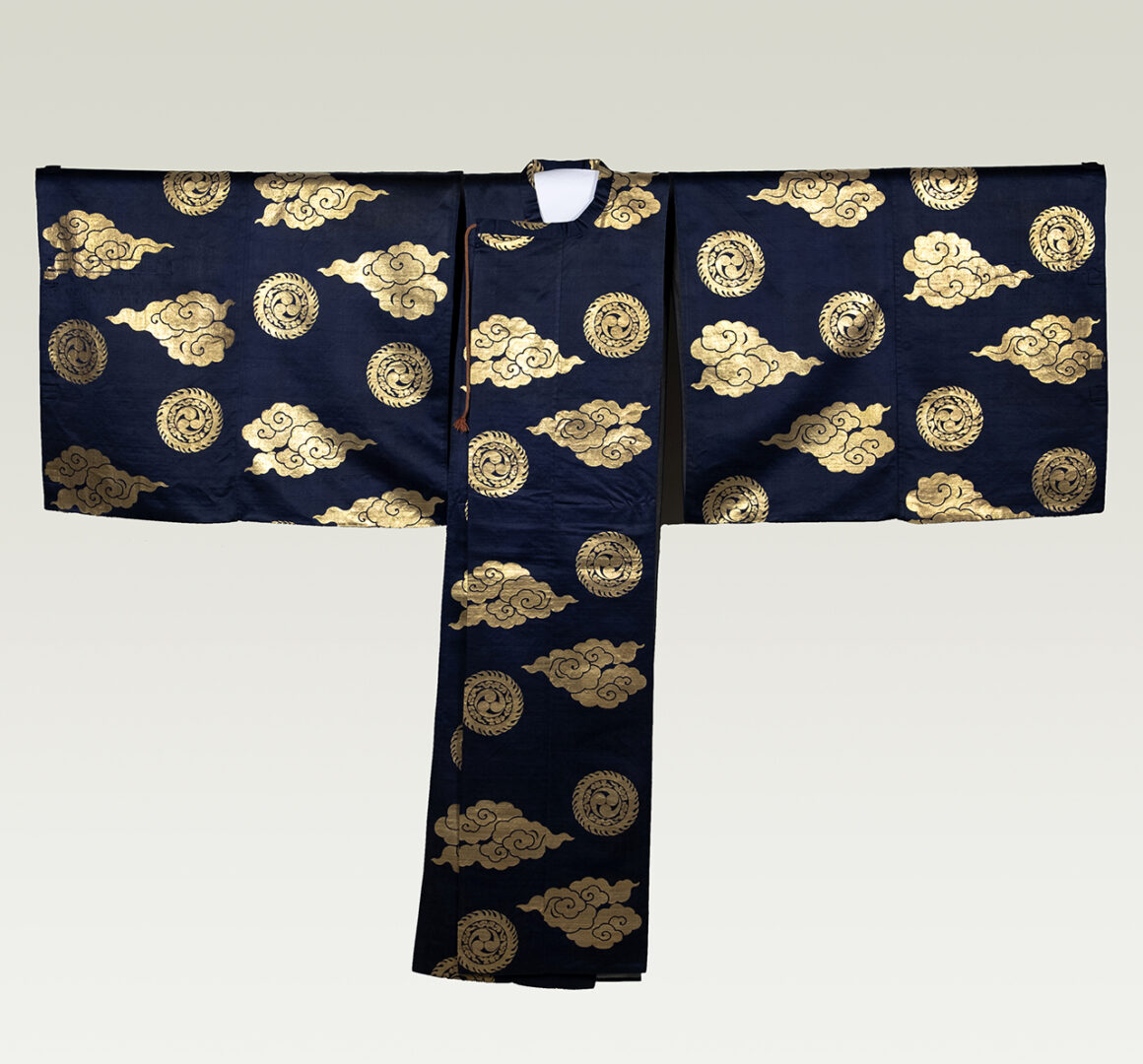
The middle section of the exhibition – the richest – is dedicated to stage costumes purchased by Prince Henry during his long journey around the world between 1887 and 1889, now kept in the museum’s storage and never exhibited to the public all together until now. In the Nō theatre, the stage costumes focus the public’s attention and reveal the nature, age and social class of the characters. The mask also plays a fundamental role – to accompany the costumes. Some of the masks exhibited belong to the collection of Renzo Freschi in Milan.
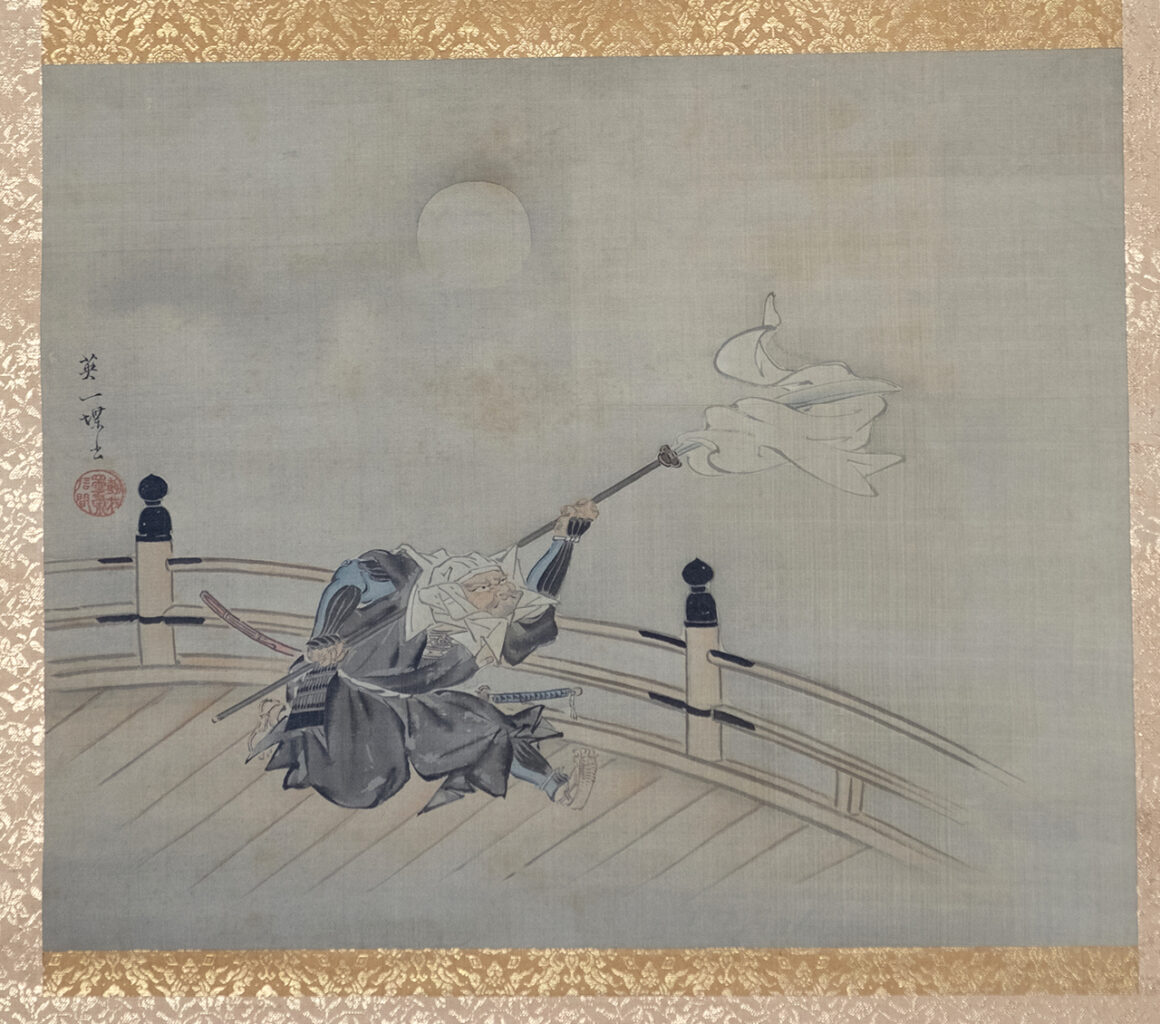
The musical accompaniment of the Nō is traditionally entrusted to the hayashi, the ensemble that accompanies the singing and acting, the entry and exit of the actors, the dance, and consists of one wind instrument (flute, fue or nōkan) and three percussion instruments: kotsuzumi, ōtsuzumi and taiko. All the hayashi instruments belonging to the Museum collection are presented in a dedicated section.
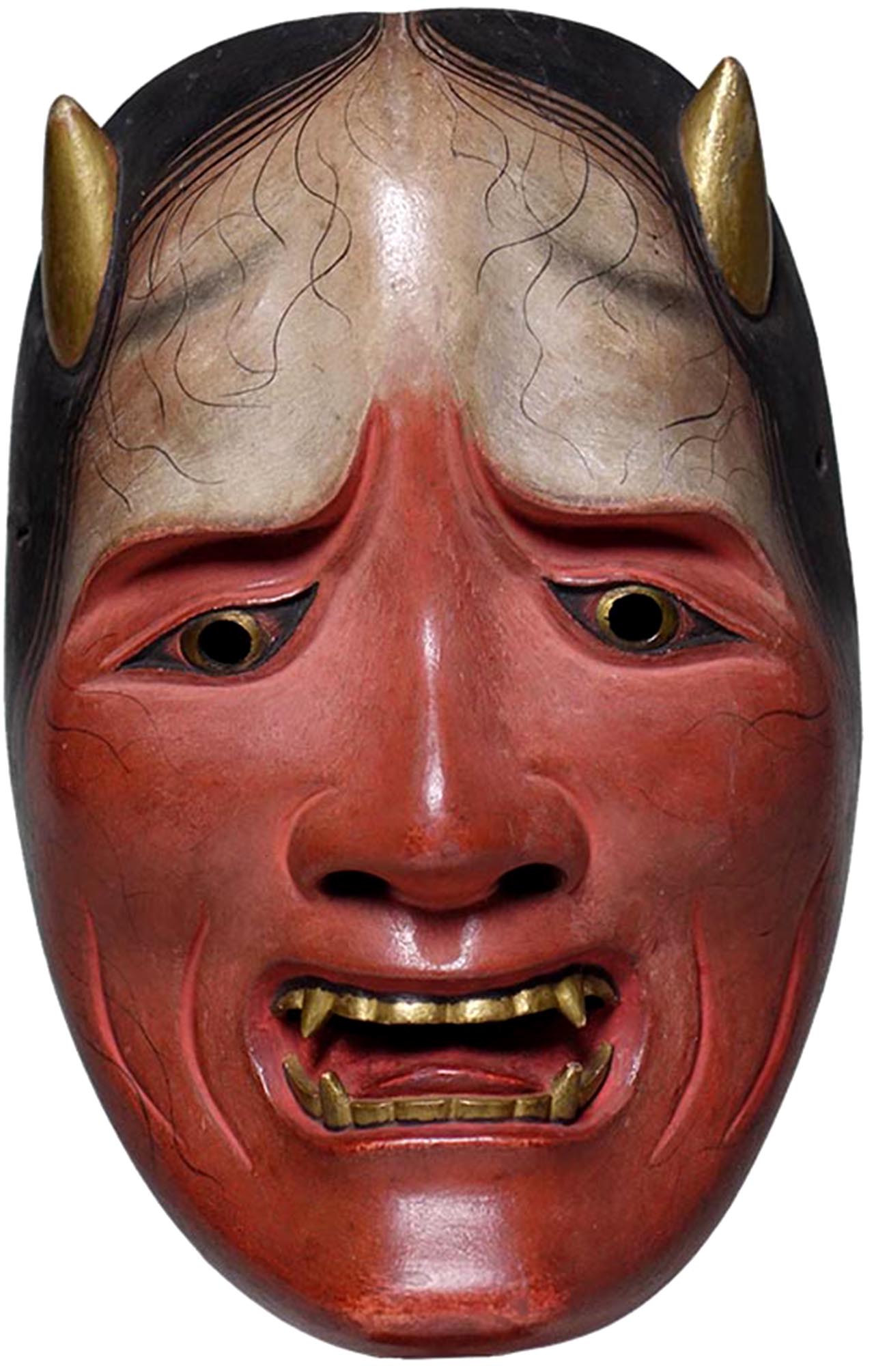
The contemporary staging of the dramas is evoked through the photographic documentation of Fabio Massimo Fioravanti, who has been carrying out work on the Nō theater since 1989. Eighteen unpublished images have been selected from his archive to capture some salient moments of the representation and measured gestures of the actors, not only on the stage but also behind the scenes – in the mirror room called kagami no ma – or along the bridge that leads from this to the scene. In addition to the photos, the docufilm The Flight of the Heron, by Giuliano Cammarata and Alessio Nicastro, dedicated to the work of the master Udaka Michishige.
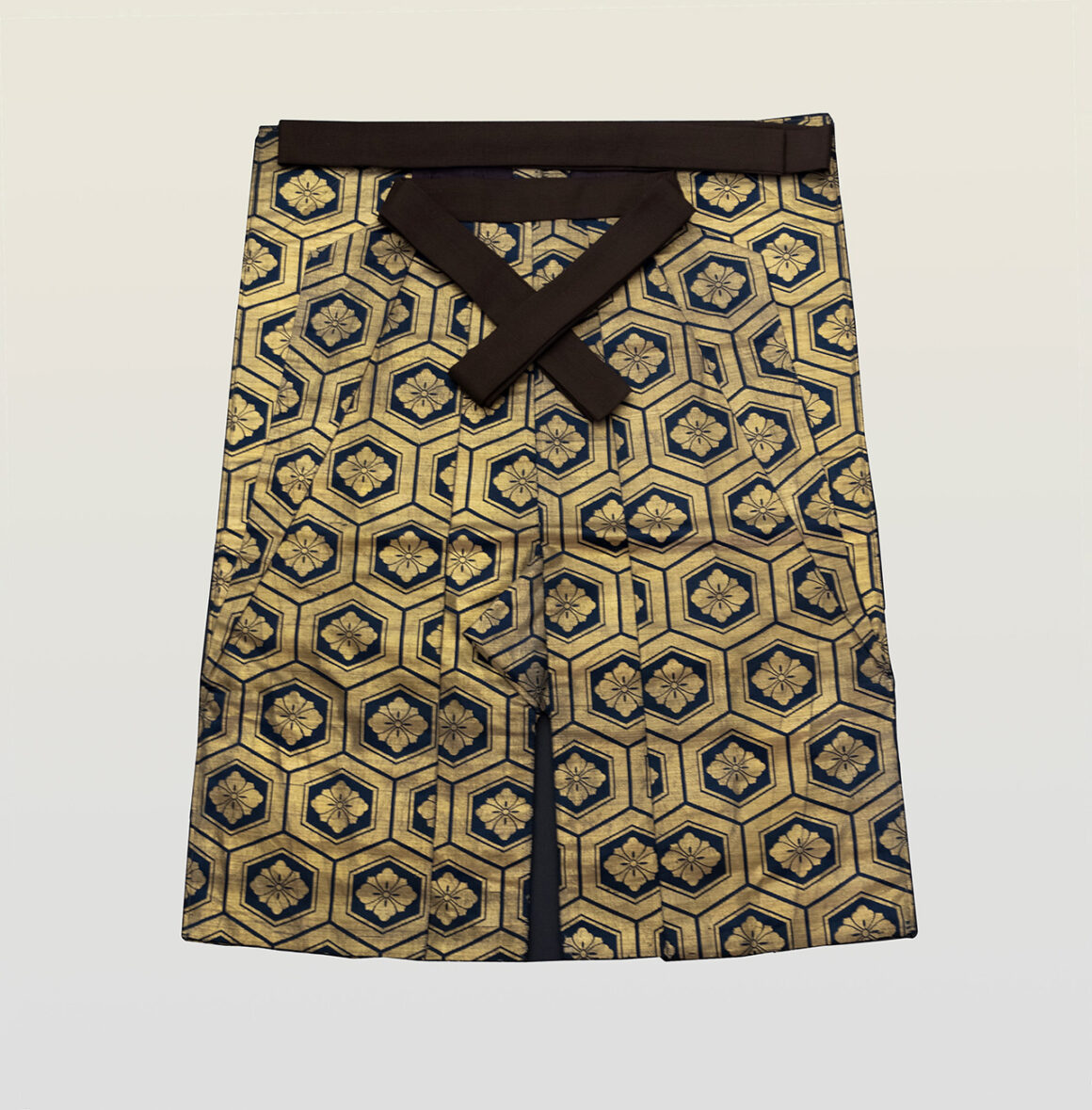
Finally, a special section retraces the arrival of the Nō theatre in Europe in 1954 which was through a series of shows held in Venice. In fact, that year the city celebrated the 700th anniversary of the birth of Marco Polo and on the occasion of the 13th International Theatre Festival of the Venice Biennale a group of actors from the Kanze and Kita schools marked the history of the performing arts by performing at the Teatro Verde on the Island of San Giorgio between August 6 and 7, 1954. Through the images and documents preserved in the Historical Archive of the Venice Biennale, it is possible to reconstruct the phases of this very important exchange between Venice and Japan.
JAPANESE TALES
Costumes and stories of Nō Theatre at the Museum of Oriental Art
curated by Marta Boscolo Marchi
Museum of Oriental Art in Venice
Ca’ Pesaro – Santa Croce, 2076, Venice
w. orientalevenezia.beniculturali.it
i. @museorientalevenezia
f. @MAOVenezia
t: @museorientaleVe
